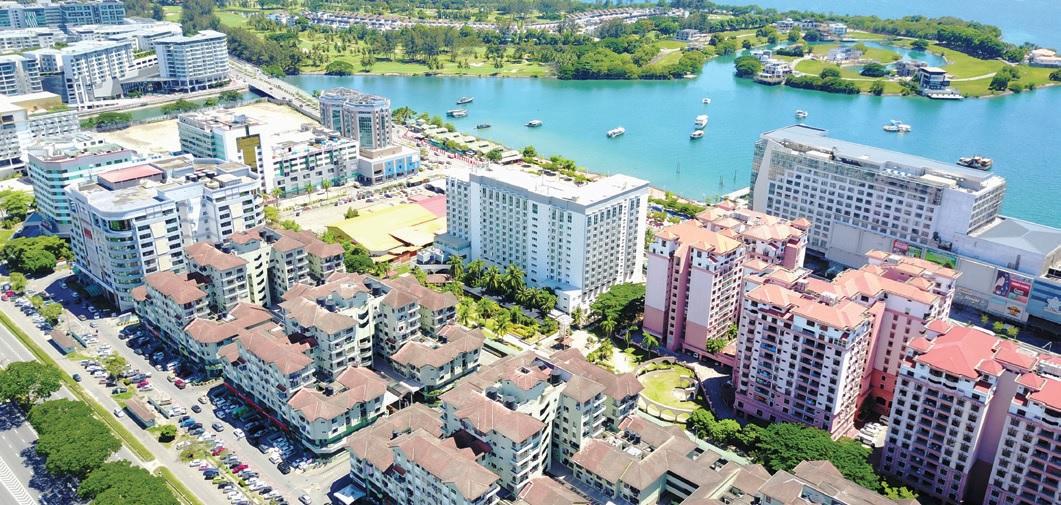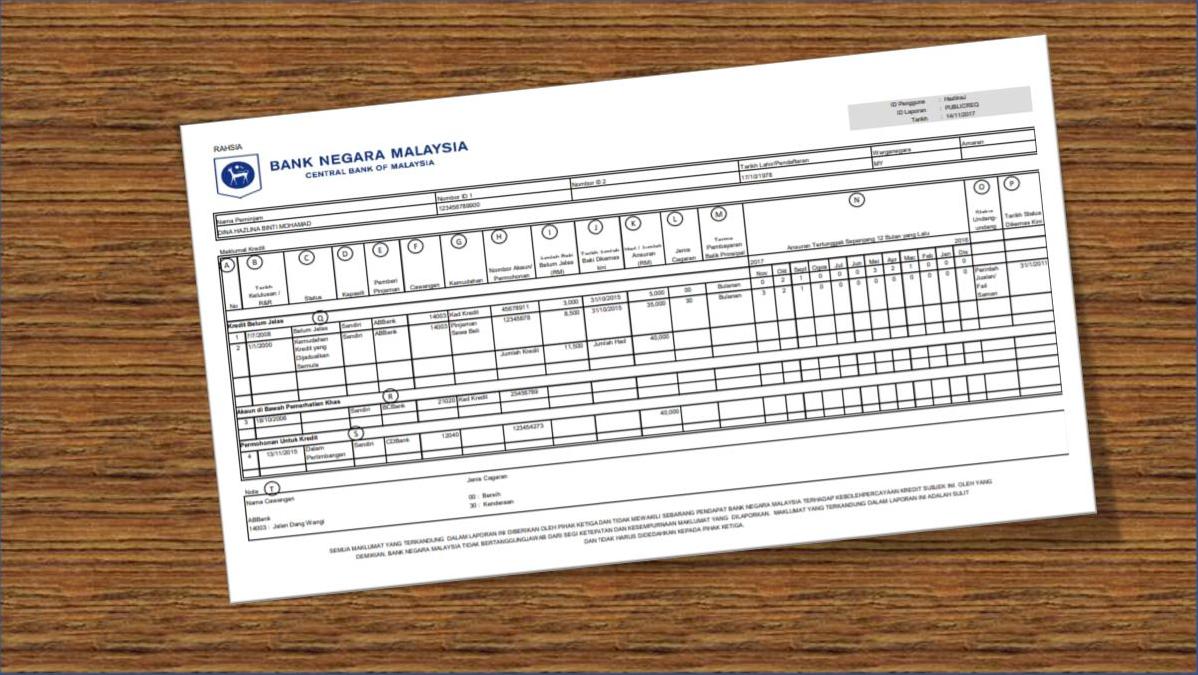It's that time of year again when the industry rolls up its sleeves and reset. With 2017 drawn to a close, 2018 looks an interesting prospect indeed with talks of a crash, bubble and a pop in the atmosphere. While uncertainty is certain, speculation remains unyielding. The market feels unresolved and uneasy going into 2018. That said, some of the players of the industry are optimistic, so we got in touch and recorded their thoughts on 2017 and how 2018 could be the turning point the market is anticipating.
Chew Sang Hai, President of Sabah Housing and Real Estate Developers Association (SHAREDA) acknowledges the general consensus of the past year saying, "2017 was another challenging year for the property development industry as it continues the momentum from the year 2014.†Chew refers to 2017 as a stagnant year on a sideward trajectory. This is supported by National Property Information Centre (NAPIC)'s report that shows volume of transactions in the country falling from 102,094 in H1 2016 to 94,992 in H1 2017 with value of transactions in H1 2016 was at RM32.70 billion and H1 2017 recording RM32.85 billion, respectively. Further echoing Mr Chew's statement is Siva Shanker, Past President of Malaysia Institute of Real Estate Agents (MIEA) who says that from the first 3 quarters of 2017, it is apparent the performance of the Malaysian property industry was flatlining. 2016 was a really bad year according to Siva and he sees 2017 trending sideways as a good sign and points towards a recovery on the horizon. "We are at a bottom of a U curve" he says adding that in 2018, we may see a marginal improvement if there are no interferences. That said, one of those dampers is already around the corner in the form of the general elections in 2018. This may cause people to adopt a wait-and-see attitude which in turn, cause the market to stagger.
We are our own worst enemy at times and Siva firmly believes that this is the case when it comes to market recovery. He makes a point saying, "We create the market. People saying the market crashing in 2018 will in turn cause Bank Negara and the government to react. Without all these things (speculation) there is certainly a chance for the market to recover in 2018. At worst, 2018 is another flatline.
"All the sentiments will affect the market. Perception drives a lot of things in this country, we react to rumours and hearsay. The market is on its way to correction, but because of all the negative sentiments we have thrown a spanner in the works.†Those who are predicting a crash is shooting themselves in the foot and negatively affecting the market says Siva, quirkily adding that those forecasting doomsday does not have a crystal ball in their possession, not one that can accurately predict the market at least.
According to Victor Wong, Chairman of MIEA Sabah, it will be a sluggish year for the market. While he remains optimistic he also sees more of the same in the new year saying, "I believe there will be a softening in 2018. It will get softer than this year but will not crash because the economy is still strong with the nation's GDP at 5-6%. Although the unemployment rate has also risen it is still not enough to crash the property market. We are in a correction stage where supply and demand is trying to balance each other out.â€
RESIDENTIAL The residential market remains the key segment for the Malaysian property industry, unsurprisingly with 61.8% market volume share in H1 2017. Heading into the second half of 2017, people were more sceptical but still open to good deals as there were plenty who resolved to sell their property due to the uncertainty in the market. According to a report by NAPIC (National Property Information Centre), Q3 2017 saw an increase in terms of total transaction value for residential properties at RM451.23 million, compared to Q3 2016 which stood at RM349.72 million - an increase of 29% between the quarters. The report suggests that there is still a high demand for residential properties in Sabah with market activity improving in the state from almost -30% in H1 2017 to above 40% movement in H1 2017.
It is no secret that there has been an increase in condominium projects in Kota Kinabalu and it reflects on the data gathered, with the segment garnering RM70.95 million in transaction value for Q3 2017. This is the highest transaction value among all segments in the quarter with only the 2-3 storey terrace segment coming close with RM49.69 million, followed by the 2-3 storey semi-detached segment at RM22.74 million. It is expected that this trend of building upwards will continue as land in the city becomes scarce and demand for these types of units increase.
Data from NAPIC also suggests that the "RM400,001-RM500,000†price range was the preferred residential segment for developers with 6,926 units launched in Malaysia in H1 2017 - amounting to 24.4% out of all launches in the residential market during that period. Out of 6,926 units, the segment saw 2,001 units sold, indicating a 28.9% sales performance which is the second highest percentage - only behind the 30% performance recorded for the "RM1 million and above†range. The RM1 million above range did not see as much launches as the RM400,000-RM500,000 segment, however, with only 1,535 units. It is apparent that the RM400,000 to RM1 million range is where developers feel most at ease with a combined 12,611 units launched in that segment, amounting to 44.4% of all launches in the country.
Overhang is not oversupply In terms of overhang, H1 2017 recorded 20,876 residential units still in stock which is the highest compared to the total in 2016 (14,792), 2015 (10,163), 2014 (8,839) and even in 2013 (11,749) in the country. The RM500,000 to RM1 million range recorded the highest amount of overhang units for H1 2017 with 4,753 units totalling to RM3,435.8 million in value. However, the highest overhang in terms of value is in the RM1 million and above bracket, totalling to RM5,068.11 million with only 2,518 units in stock.
Siva says, however, it is not the high-end segment that we should be worried about, but more focus should be put on the lower-tiered segments, specifically, units priced below RM300,000. While demand for affordable housing is still high, there is a lack of interest in projects by the government. "It may be a case of quality, it may be a case of location" Siva says, hinting that something must be done, or more accurately, done properly in order to solve this issue.
Victor comments that the market's overhang absorption is slow but it will be absorbed in the end, saying, "Sabah's condition is not as dire as KL - there is an oversupply in KL. Here we have a sizable overhang but it will slowly be absorbed, gradually being taken up.†Victor also says that there have been no "luxury†property launches in the past 2 years with developers taking a more cautious stance towards the market.
A huge portion of the residential overhang properties in Malaysia are within the RM250,000-500,000 area says Siva with 8,050 overhang properties found within the segment out of a total of 20,876 units for H1 2017 according to NAPIC. "We need to break it down and look closer. Especially the units that have been launched by the government" he says, implying that affordable housing initiatives by the government is not performing as anticipated.
Affordable is not cheap "If you look at the million and above segment, is it only 13% of the market. Let that segment take care of itself. No need to get worked up on this. There is no need to micromanage the property market" says Siva, referring to Bank Negara's move to cease approvals on "luxury†properties which include commercial centres and condominiums priced RM1 million and above a unit.
"The agencies should get their acts together and analyse what went wrong and maybe engage the private sector to market these (government) properties" urges Siva. Affordable housing has always been an issue on everyone's lips and there are plenty who lament high property prices, so why aren't these affordable units on offer by the government not flying off the shelves?
According to Siva, there must be a concerted effort to properly market properties built by the government, but the effort shouldn't stop with marketing. "It could be a mismatch of many things - location, quality, wrong type of property, poor marketing, or inability to get a loan. The solution to these must be found first" says Siva who strongly believes that there is a need to get to the lower end going and performing - and not be too focused on the high end. "It can be a trickle up effect instead of trickle down. Get the affordable ones going and the positivity will lead up to the next level" he opines.
Read part 2 of our Property Market Review and Outlook here.
.jpg)
_PH_Banner_(Desktop)(1200x180px).png)
.jpeg)

.jpg)

.jpg)


.jpg)

.jpeg)
.jpg)
